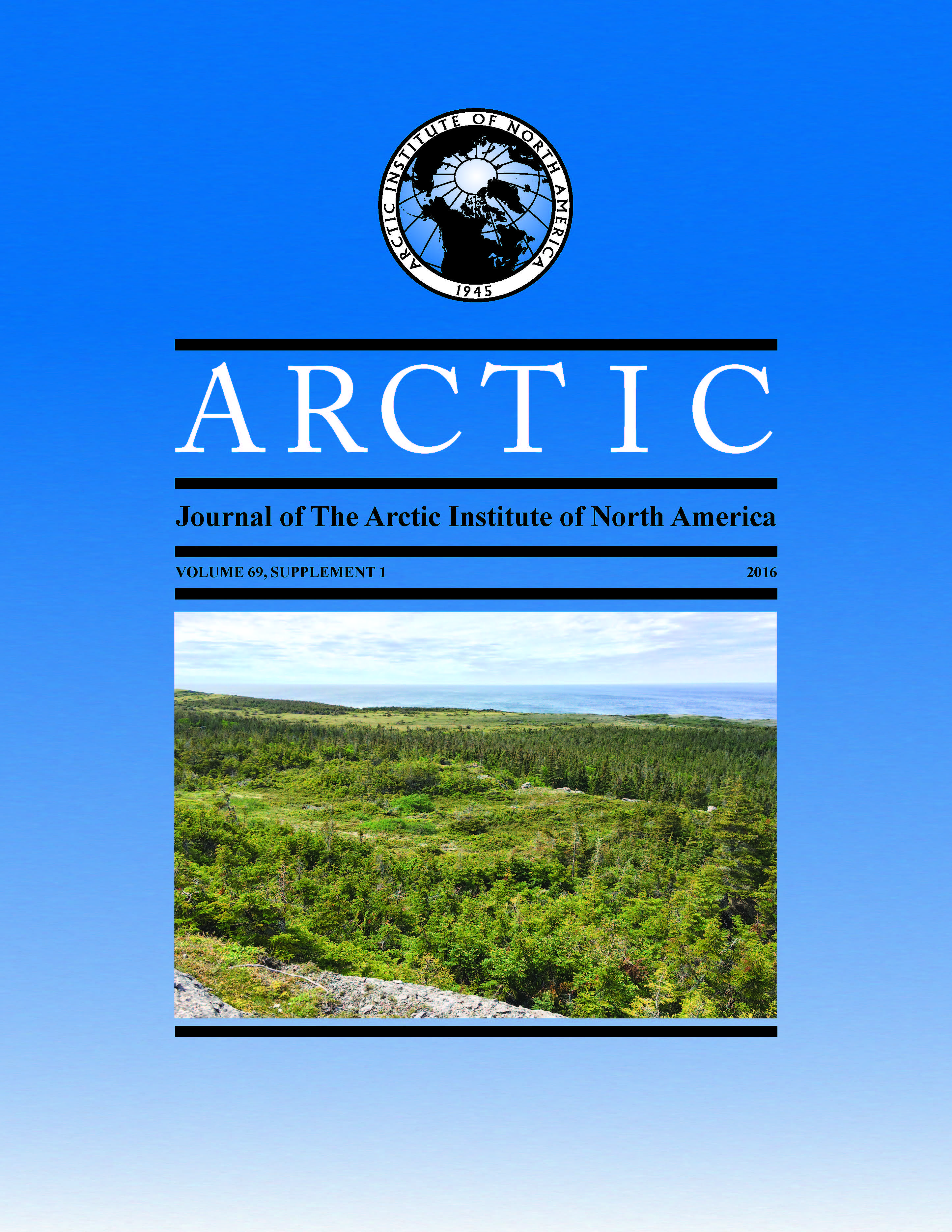Archaeoentomological Perspectives on Dorset Occupations in Newfoundland: A Case Study from the Site of Phillip’s Garden (EeBi-1)
DOI :
https://doi.org/10.14430/arctic4660Mots-clés :
archéoentomologie, Dorset, Terre-Neuve, utilisation du territoire, paysage, économie, chasseurs-cueilleursRésumé
Entre 1990 AA et 1180 AA, l’île de Terre-Neuve a connu une période d’occupation de plus de 800 ans par la culture dorsétienne. Cette occupation, documentée dans les données archéologiques, a laissé des traces uniques et visibles. Malgré cette richesse archéologique laissée par les Dorsétiens, notre compréhension de cette culture axée sur la chasse aux mammifères marins est principalement basée sur les données architecturales, artéfactuelles et zooarchéologiques. Ces données ont permis de démontrer que la culture dorsétienne a occupé de façon très intensive plusieurs sites localisés dans l’Arctique et le Subarctique. Cependant, peu d’informations sont fournies par ces données quant à l’impact de cette culture sur son environnement et ses lieux d’occupation. Les données utilisées au cours de notre recherche ont été récupérées dans des échantillons de sols ayant été prélevés sur le site de Phillip’s Garden, considéré comme l’un des sites les plus intensément occupés par la culture dorsétienne. En tant que spécialistes de leur niche écologique, les coléoptères ont été utilisés dans cette recherche afin de documenter la composition et les modifications visibles dans la végétation du site à travers le temps. Cette analyse permet de changer notre perception de l’étendue des modifications faites à la flore et à l’environnement par les Dorsétiens établis au site de Phillip’s Garden, modifications dues entre autres à l’exploitation des arbres.


